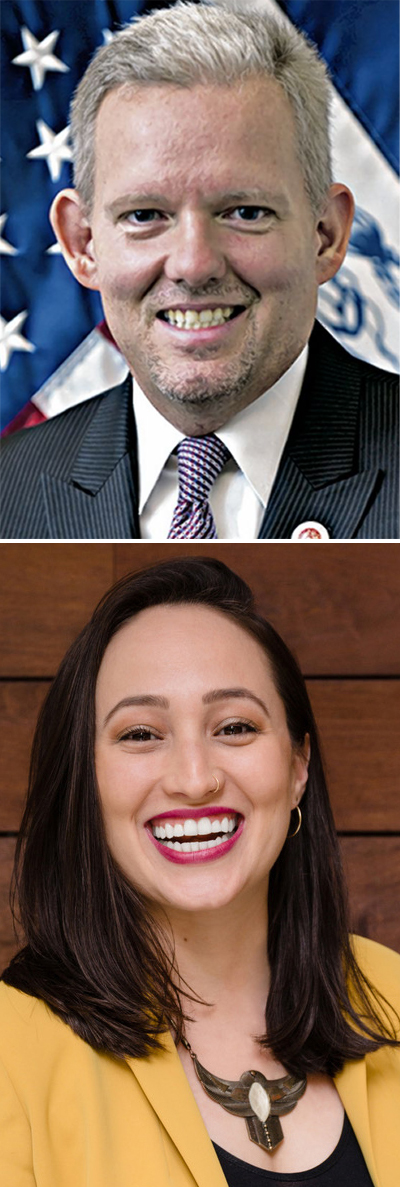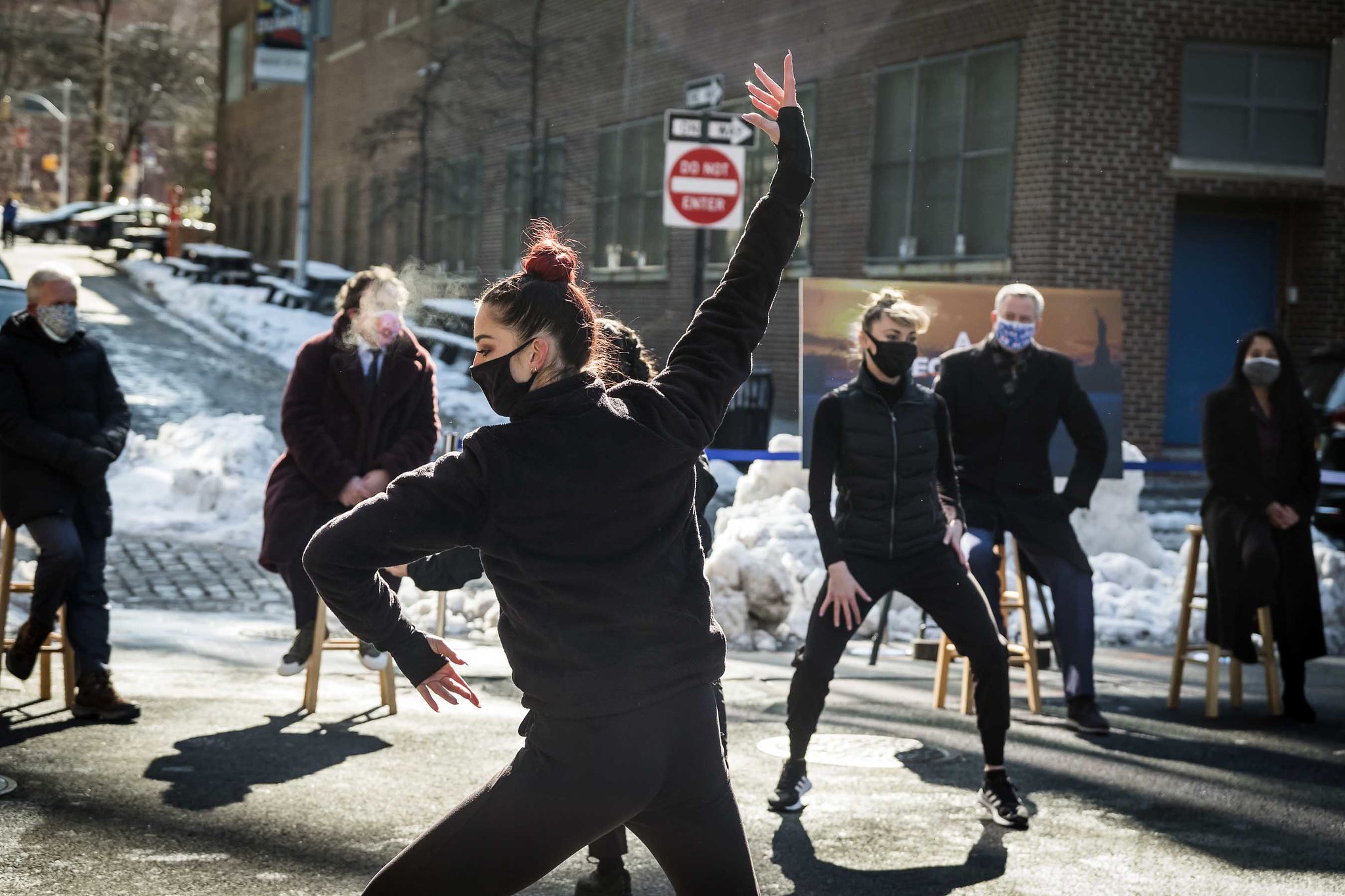

Every New Yorker knows New York City is the cultural center of the universe. The most diverse city on the planet, New York is home to world class institutions and a creative workforce like no other.
Arts and culture is part of New York City’s DNA and an economic engine that fuels almost every other industry. In 2017, the cultural sector alone was responsible for some $110 billion in total economic activity, or one in every eight dollars churning through the City’s economy. It’s no coincidence that when faced with a once-in-a-generation pandemic, the City Council sought to support it with street-altering legislation.
With venues shuttered, performances cancelled and budgets slashed, COVID-19 highlighted a need to reimagine how our city works. Like Open Streets and Open Restaurants before it, the Open Culture program began as a lifeline for New York artists and cultural organizations that were unable to put on indoor programs and soon became an extremely popular form of community engagement.
In just six months, more than 220 Open Culture permits have been granted with more than 450 outdoor performances and rehearsals taking place across the city. Not only has the program become a vital tool for cultural institutions, venues and artists, it is an exciting source of community-based entertainment that has brought art, music, and dance to our streets.
But we’re not out of the woods. Despite these gains, artists and cultural workers are still struggling to recover as employment stagnates near peak pandemic levels. Which is why, following its success this past summer, it is crucial we invest in the long-term recovery of the arts sector by making the Open Culture program permanent.
Open Culture shifted the way artists and community members think about the place art and culture occupy in their lives and neighborhoods. Regular and easy access to artistry is an important part of healthy and thriving communities, and the pandemic only further reinforced culture as one of the key ways through which we remain connected. Now the question becomes, how can we bring this to more neighborhoods? Int 2398-2021 — appropriately dubbed Open Culture 2.0 — would do just that.
Aside from making the current program permanent and year-round, Open Culture 2.0 would expand the available locations to include all Open Streets and set a minimum number of Open Culture streets per Community District. This proposed expansion aims to increase equitable access, bringing new opportunities for outer-borough artists and communities to engage with cultural events and activities near where they live. This means — like cuisine — the performances you can enjoy will differ from community to community, highlighting the diversity of exciting culture this city produces.
Open Culture 2.0 also would expand the eligibility criteria for those who can take part in the initiative, which is currently limited to cultural venues, or to arts organizations that are members of the Department of Cultural Affairs’ Cultural Institutions Group, or those that have received or are eligible for funding from the arts agency. This bill would allow fiscally-sponsored organizations and City Artists Corp eligible artists to apply for the permits. It will also create a new annual reporting requirement that will ensure community involvement is an integral part of the programming.
By joining Open Streets and Open Restaurants to make the Open Culture program a permanent fixture in New York City, the City Council will not only provide an additional lifeline for our artists, performers and vital cultural organizations, it will also create an exciting new norm for diverse performances throughout the city.
Jimmy Van Bramer represents the 26th District in the City Council, which includes Astoria, Long Island City, Sunnyside, and Woodside in Queens. Alejandra Duque Cifuentes is the executive director of Dance/NYC.






